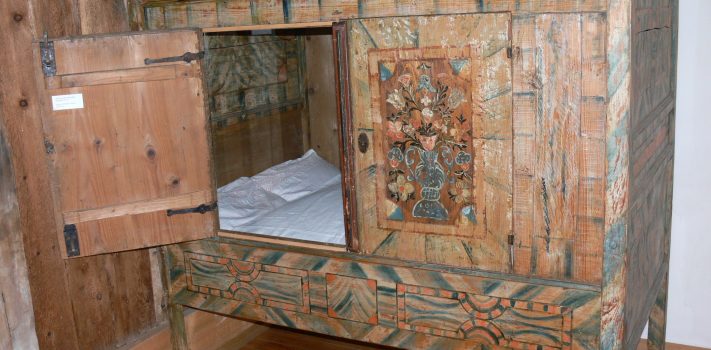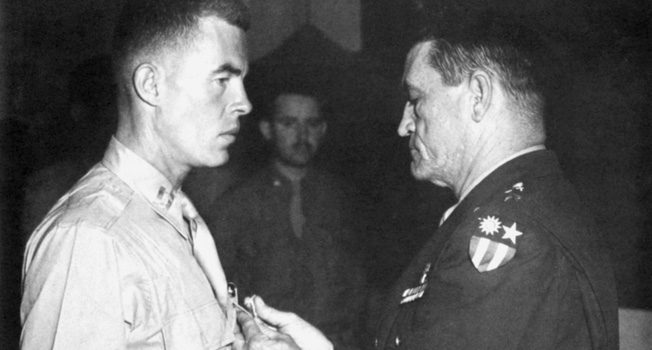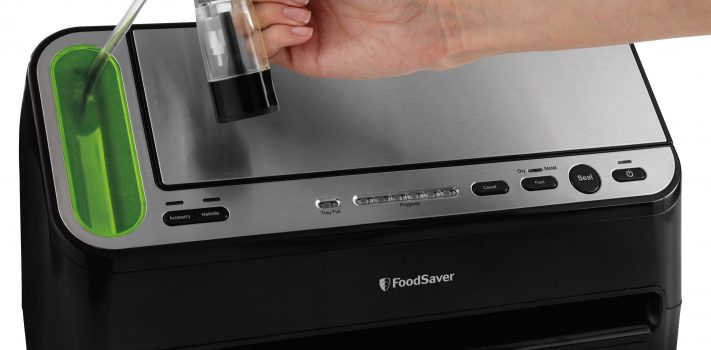Here are the latest news items and commentary on current economics news, market trends, stocks, investing opportunities, and the precious metals markets. We also cover hedges, derivatives, and obscura. And it bears mention that most of these items are from the “tangibles heavy” contrarian perspective of SurvivalBlog’s Founder and Senior Editor, JWR. Today, we look at how the Swedish government is urging citizens toward hoarding cash. (See the Economy & Finance section.)
Precious Metals:
We’ll start of today’s E&I column with this from Zero Hedge: More Trouble in Mexico: Second Largest Silver Mine Suspends Operations.
o o o
Gold Jewellery Demand Peaks Four-Year High in Q1, 2019
Economy & Finance:
The Times (of London) reports: Sweden, nation that pioneered living without cash, warns: Hoard your banknotes. Here is an interesting quote:
“Everyone in Sweden has been urged to stockpile coins and banknotes in case the country’s move towards a cashless society leaves them without money in a cyber-crisis. In a move that will sound alarm bells in the UK, Sweden — one of the most advanced nations for digital payments — has warned that its people could be unable to buy anything if its computer networks were put out of action.
The Swedish Civil Contingencies Agency, an arm of the government, has sent guidance to every home telling residents to squirrel away “cash in small denominations” in case of emergencies ranging from power cuts or technology glitches to terrorism, cyber-attacks by a rogue government or war.”
o o o
Federal Reserve Vetoes Cain and Moore. The article begins with words that echo my own assessment of the Federal Reserve banking cartel:
“If you ever had doubts just who is squarely in charge of the finances for the debt created U.S. Dollar currency, the nixing of Herman Cain and Stephen Moore for the Federal Reserve Board confirms that the Banksters are the real power. The Shadow Government is truly the elitists behind monetary hegemony that rules over government and economic policies.”
o o o
Leftist Activists Force Mastercard to Vote On Blacklisting The “Far Right”











